There’s a lot to think about when purchasing a home. It’s a big decision that shouldn’t be taken lightly. Of course, you need to consider whether you’ve found the right house and location for you and your family. First though, it’s vital to give careful thought to whether or not purchasing a home is a good financial decision at this time. This also means deciding whether a 15-year vs. a 30-year mortgage is best for your situation.
15-year vs. 30-year fixed-rate mortgage: what’s the difference?
A fixed-rate mortgage implies a mortgage in which the interest rate is fixed for the life of the loan. Whether you choose to pay off your mortgage in 15 years or 30 years, you’ll want to carefully look around at interest rates. Your interest rate will greatly affect the total amount that you pay.
30-year mortgages are by far the most common in the United States. In fact, approximately 90% of Americans have a 30-year fixed mortgage.
With a 30-year mortgage, your payment will be less each month. However, the duration of the loan will be twice as long as if you had a 15-year. In addition, you will end up paying more in the long run with a 30-year. This is because you’ll be paying interest for a longer period of time.
On the contrary, a 15-year mortgage takes less time to pay off, but your monthly payment will be higher. On the plus side, you’ll pay off the principal faster, causing you to pay less in interest total.
Benefits of a 30-year mortgage
The main benefit of having a 30-year mortgage is that you’ll have more cash that’s freed up each month. You can use this for other expenses, building your emergency fund, or for investing. Although you’ll pay more in interest over the life of your loan, you may be able to use the extra monthly cash to invest in ways that have a better return on investment.
Benefits of a 15-year mortgage
A significant benefit of a 15-year mortgage is that you’ll pay less total over the life of your loan. Plus, since you’re paying more on the principal, 15-year monthly payments aren’t twice as much as 30-year monthly payments.
For example, a $300,000 mortgage with a 10% down payment and 7% interest rate would have a monthly payment of $1,796 for 30 years. With a 15-year mortgage, this same scenario would require a monthly payment of $2,427.
If you can afford it, you may find it helpful to be rid of your mortgage debt faster and have more equity in your home sooner.
Should you get a 15-year or 30-year mortgage?
When it comes to choosing a 15-year vs. 30-year mortgage, there are benefits to each option. So which one should you choose?
The truth is that there’s no one-size-fits-all answer. Before you make your decision, it’s important to take into account your specific situation. Cashflow, current interest rates, and your personal preference are all necessary considerations.
It’s worth noting that 30-year mortgages are by far the most popular. While this may be the best choice for many people, it doesn’t mean that it’s the best choice for everyone.
A lot of people choose a 30-year mortgage either because they simply don’t have the monthly cashflow to pay more, or because they’d rather invest their money elsewhere. It’s true that, while you’ll pay more on a 30-year mortgage total, there are generally other ways to invest your money that will make you more than you could save by paying off your mortgage sooner.
However, we’ve also found that for a number of our clients, being rid of debt faster (by way of a 15-year mortgage) is a mental relief that helps facilitate a lifetime of wise financial decisions.
Other ways to lower your monthly mortgage payment
Choosing a 30-year mortgage vs. 15-year isn’t the only way to keep your monthly payment lower, though. If you’re looking to purchase a house and get a mortgage, here are a few more ways that you can secure a lower monthly payment (whether you choose a 15-year or 30-year).
Larger down payment
Making a larger down payment on your mortgage results in less interest over time. In other words, paying more up front means paying less total.
You may have heard to aim for a 20% down payment, as this eliminates fees associated with private mortgage insurance (PMI). However, according to Rocket Mortgage, the average, first-time homebuyer puts down as little as 6%. For repeat homeowners, the average is around 13%.
Before deciding how much to put down on your mortgage, it’s important to take a few considerations into account, such as timing, your savings, and how much you can afford to pay monthly.
Shop around
There are plenty of options for mortgage lenders. Don’t let a hot housing market force you into a quick mortgage decision. It’s important to shop around and get pre-approved for a loan before you get serious about a house you absolutely love.
If you’re starting to think about buying a home soon, start shopping around now for mortgages and interest rates. A rate that’s just a fraction of a percentage lower can significantly affect your monthly payment and your total cost over the life of the loan.
Improved credit store
Another way to lower your monthly payment is by working to improve your credit score. A high credit score and low debt-to-income ratio can greatly improve your chances of finding the lowest interest rate. Your lender needs to know that they can trust you, and factors such as your credit score are what they use to help them decide how reliable you are.
A few simple ways to improve your credit score include paying your bills and credit cards on time, using less than 30% of your available credit, and potentially even adding a new credit card to the mix – but only if you use it wisely and always pay your balance on time.
Have questions about mortgage options?
There’s a lot that goes into buying a home and securing a mortgage. We know that it can be overwhelming to decide between a 15-year and 30-year, choose how much to pay for your down payment, and make decisions about how to improve your credit score.
When it comes to reaching your financial milestones – whether buying a house, sending your kids to college, or retiring – we want you to know that we’re on your team.
We want to sit down with you to talk through your personal situation and help you make a plan that’s achievable for yourself and your family. Book a meeting today, and let’s get to work.
This material is not intended to replace the advice of a qualified tax advisor, attorney, or accountant. Consultation with the appropriate professional should be done before any financial commitments regarding the issues related to the situations above are made.

